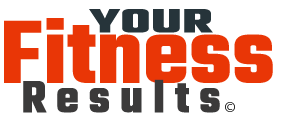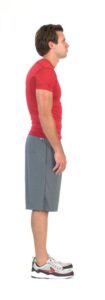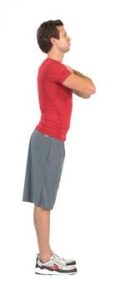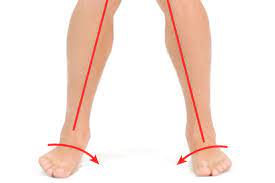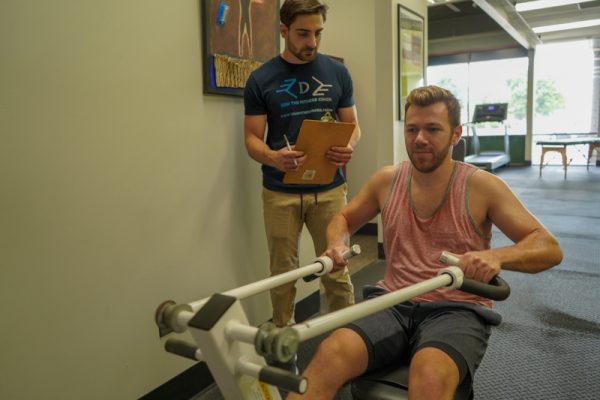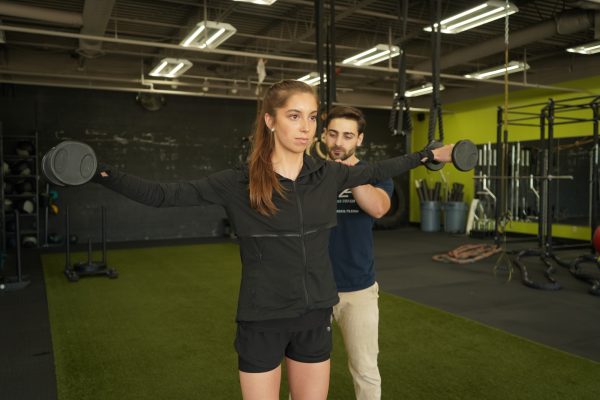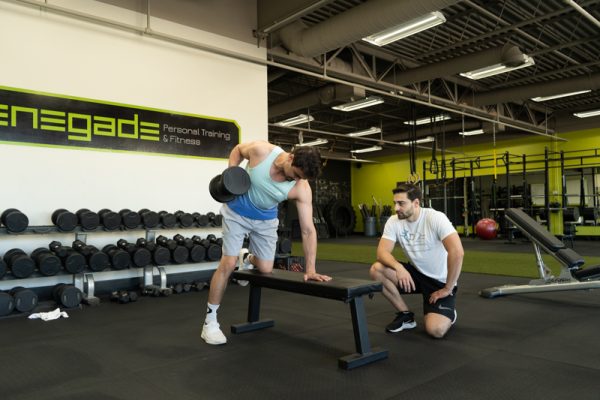Corrective Exercise
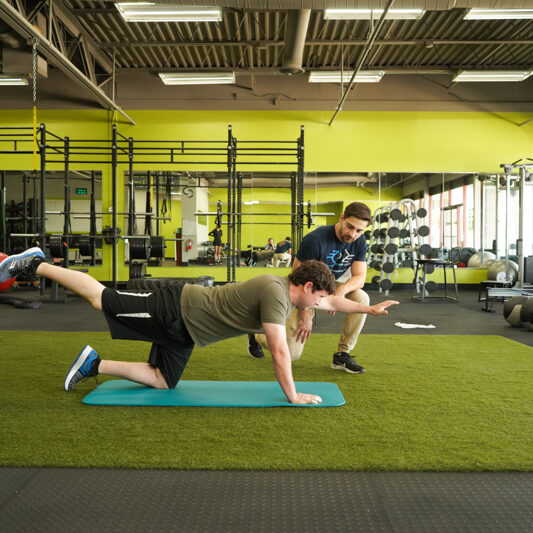
Often times people struggle with everyday pain such as:
- Lower back pain
- Neck pain
- Knee pain
- Shoulder pain
This keeps them from everyday activities they love, especially exercise. Through our daily lives we can fall into faulty movement patterns from doing repetitive movements the wrong way too often like exercise, or from things like sitting too long everyday. This can leave muscles overactive and short, resulting in injury and pain.
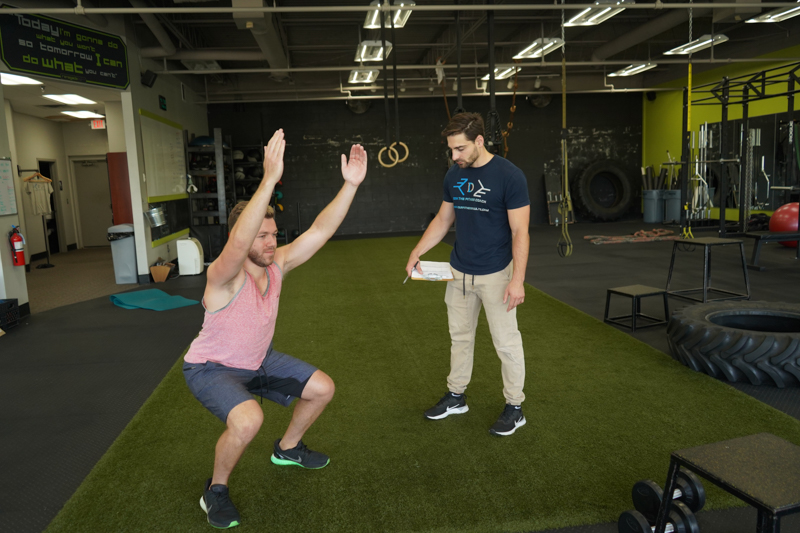
Using a movement assessment, we can identify the source of the problem, and find the muscles that are not working properly. Using corrective exercise we can release and lengthen the over active muscle and put your body back where it should be.
Here are 4 Common faulty movement patterns people fall into:
- Upper cross syndrome
- Lower cross syndrome
- Pronation distortion syndrome
- Asymmetric shift
What is Upper Cross Syndrome?
Upper cross syndrome: is where you have internal rotation in the shoulders (rounding in the shoulders forward) and hyperextension in your neck.
Overactive muscles associated with this movement pattern are:
- Pectoralis major
- Pectoralis minor
- Anterior deltoid
- Subscapularis
- Latissimus dorsi
- Levator scapulae
- Upper trapezius
- Teres major
- Sternocleidomastoid
- Scalenes
- Rectus capitis
Under active muscles associated are:
- Rhomboids
- Lower trapezius
- Posterior deltoid
- Teres minor
- Infraspinatus
- Serratus anterior
- Longus colli
- Longus capitis
Common injuries associated with this dysfunction include:
- Biceps tendonitis
- Neck pain
- Rotator cuff impingement
- Shoulder instability
- Thoracic outlet syndrome
What is Lower Cross Syndrome?
Lower cross syndrome: is where you have an anterior tilt to the pelvis and lower extremity muscle imbalances.
Overactive muscles associated with this movement pattern are:
- Gastrocnemius
- Soleus
- Hip flexor complex (psoas, rectus femoris, tensor fascia latae)
- Latissimus dorsi
- E spinae
Under active muscles associated are:
- Posterior tibialis
- Anterior tibialis
- Gluteus maximus and medius
- Transverse abdominis
- Internal oblique
Common injuries associated with this dysfunction include:
- Hamstring complex strain
- Anterior knee pain
- Low-back pain
What Pronation Distortion Syndrome?
Pronation distortion syndrome: is where the knees fold inward and the feet turn out and pronate.
Overactive muscles associated with this movement pattern are:
- Peroneals
- Gastrocnemius
- Soleus
- Hamstrings
- Adductor complex
- Psoas
Under active muscles associated are:
- Posterior tibialis
- Anterior tibialis
- Vastus medialis
- Gluteus maximus and medius
- Hip external rotators
Common injuries associated with this dysfunction include:
- Plantar fasciitis
- Posterior tibialis tendinitis
- Anterior knee pain
- Low-back pain
What is an Asymmetric Shift?
Asymmetric shift: is where when squatting your weight shifts to one side.
